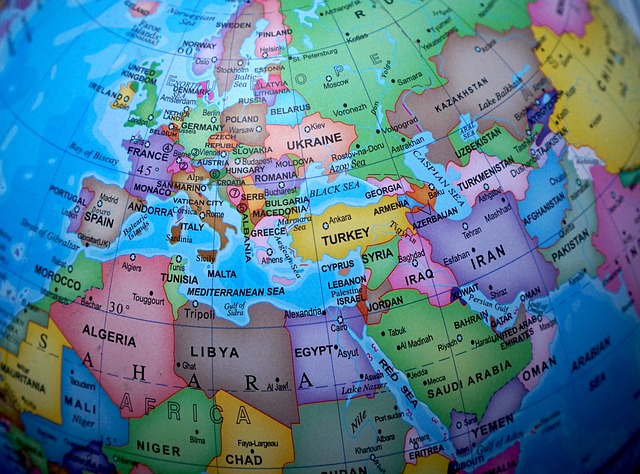In a follow-up on the typhoid outbreak linked to the European Rainbow gathering that took place recently, European health officials report eight cases linked to the event as of Sep. 21– France (three confirmed cases), Germany (two confirmed cases), the Czech Republic (one confirmed case), Croatia (one confirmed and three probable cases) and Italy (one confirmed case).

The Rainbow Gathering that took place in north-eastern Italy, in Tramonti di Sopra, Pordenone from 23 July to 21 August 2017 had some 3,000 people in attendance. Participants reported poor hygiene conditions during the event that was attended by 3 000 participants, including bathing in a river and using collective toilets dug in the ground.
The European Centre for Disease Prevention and Control (ECDC) says identification of additional typhoid fever cases associated with this event is not unexpected as the gathering lasted four weeks and a large part of the participants are likely non-immunized. The incubation period for typhoid fever is usually 8 to 14 days but can be up to 60 days. There is a very low risk for further spread to the general population in the EU/EEA.
Typhoid fever, a rare disease in Europe, is caused by the bacterium Salmonella typhi, is a life-threatening bacterial infection. Typhoid fever is still common in the developing world, where it affects about 21 million people annually.
Salmonella typhi lives only in humans. Persons with typhoid fever carry the bacteria in their bloodstream and intestinal tract. In addition, a small number of persons, called carriers, recover from typhoid fever but continue to carry the bacteria. Both ill persons and carriers shed S.typhi in their feces.
Save up to 40% off tours & activities in Paris
You can get typhoid fever if you eat food or drink beverages that have been handled by a person who is shedding S. typhi or if sewage contaminated with S. typhi bacteria gets into the water you use for drinking or washing food. Therefore, typhoid fever is more common in areas of the world where handwashing is less frequent and water is likely to be contaminated with sewage.
Check out the podcast at Outbreak News Interviews
Typhoid fever can be successfully treated with appropriate antibiotics, and persons given antibiotics usually begin to feel better within 2 to 3 days.
Typhoid fever is endemic in many parts of the world and causing approximately 21 million cases and 222 000 deaths annually worldwide.
Related:
- Typhoid vaccine could halve infection rate: Study
- Yemen tragedy: Cholera cases could reach 1 million, ICRC speech to UN
- Influenza A (H3N2v): Maryland case count rises
- New Hampshire reports 2nd Jamestown Canyon virus case
- Iowa reports 1st West Nile virus death of 2017
- MRSA survivors, hepatitis A and Medicare for all


